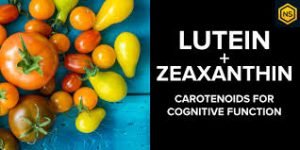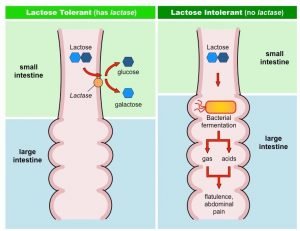.Lutein and Zeaxanthin| protect and guard

Zeaxanthin:
In this article I will discuss about that lutein and zeaxanthin. Many of us don’t know that Zeaxanthin is one of the most common carotenoid alcohols find in nature. It is also a very important component of many plant cycles one of them is xanthophyll cycle. Which cannot take place without the presence of zeaxanthin. If we are looking towards its sources it is Synthesized in plants and some micro-organisms which are mostly green algae and other eukaryotic unicellular, zeaxanthin can also be regarded as a pigment which gives characteristic colors to many plants and animal species.
Lutein:|Lutein and Zeaxanthin
Lutein basically is a carotenoid and a xanthophyll. All carotenoids have one thing in common, they are all synthesized by plants, and as no exception to this rule Lutein is synthesized only by plants and like all other xanthophyll is found in high quantities in green and leafy vegetables. It is a main component of the xanthophyll cycle in plants. If we are looking from a chemist view the xanthophyll cycle involves the enzymatic removal of epoxy groups from xanthophyll’s to create so-called de-epoxidized
xanthophyll’s| Lutein and Zeaxanthin
. the xanthophyll cycle is little different in different plant species. In higher plants, there are three carotenoid pigments that are active in the xanthophyll cycle which are violaxanthin, antheraxanthin, and zeaxanthin. Xanthophyll plays a very key role in photosynthesis, these act as a light gathering agent and enhance the rate of photosynthesis and help chlorophyll in this process. They help in a way, because these have different action and absorption spectrum and have ability to absorb different wave lengths of light than chlorophyll. It also plays its key role in dissipation of extra energy which can be really harmful for plants.
BIOLOGIC MECHANISMS OF THE PROTECTIVE ROLE OF LUTEIN AND ZEAXANTHIN IN THE EYE:
solo reason |Lutein and Zeaxanthin
why I am discussing both zeaxanthin and lutein in single article is their similarity. The work they perform is almost the same. They both perform protective role in our eyes. Both are carotenoids and can only be take from plant sources. They also increase the effect of each other, one can say works in partnerships. They both have synergetic effect. Human eye is a very sensitive organ, it can receive any type of damage in no time and this damage will be non-repairable for the rest of the life. We all know that there are basically two types of cells are present in human eyes.
Rods and cones cells,| and Zeaxanthin
the number of rods and cones cells differ in every species and it is also characteristic of every mammalian species. Some species can easily see in darkest of nights due to more number of these rods and cones cells. while some species can’t look in bright days due the same reason. These cells are very sensitive to light, and that the reason nature has put them in the eyes. These cells have many characteristics, one of that is they don’t differentiate in adults. Once they are damage you can’t replace them with new ones.
mechanisms| Lutein and Zeaxanthin
So the nature has put some defense mechanisms in order to protect these light sensitive cells. There is a arrange of lubrication, which is provided by water, but what is the mechanism when there is extreme light and there are harmful rays which can damage them, would water lubrication alone be enough to save these sensitive eyes ? The answer is no. This lubrication mechanism alone can’t be trustee in every situation. So as we have already discuss the role of xanthophyll in the plants. how they dissipate the extra light and protect the plants. They play the same role in the eyes.
protect and guard| Lutein and Zeaxanthin
They protect and guard against the harmful UV light and other cancer causing rays. AMD is a degenerative process of the macula and is the principle cause of blindness among people age 65. older in Western countries. The excess amount of lutein in the eyes can reduce the risk of this degenerative process and it also slows down the process. Shared with the fact that lutein and zeaxanthin are the only carotenoids found in the macula and plays role in its maintenance. comprise the macular pigment. all of this only indicates that these dietary carotenoids zeaxanthin and lutein must be taken in adequate amount in order to maintain healthy eyes.

























+ There are no comments
Add yours